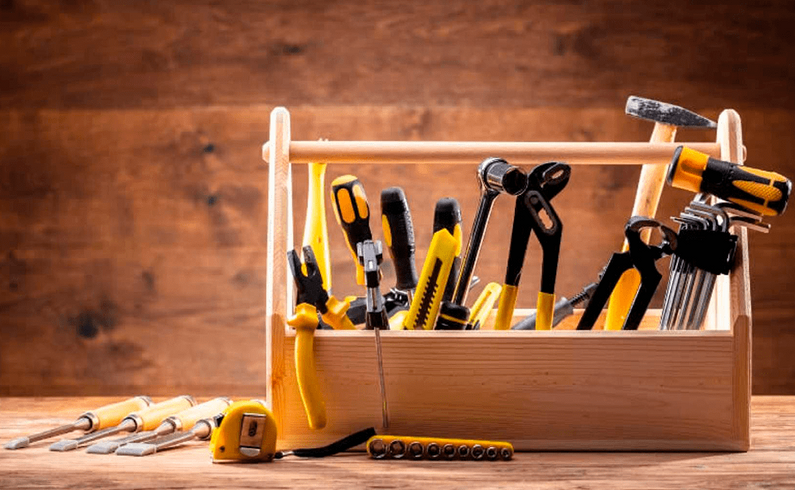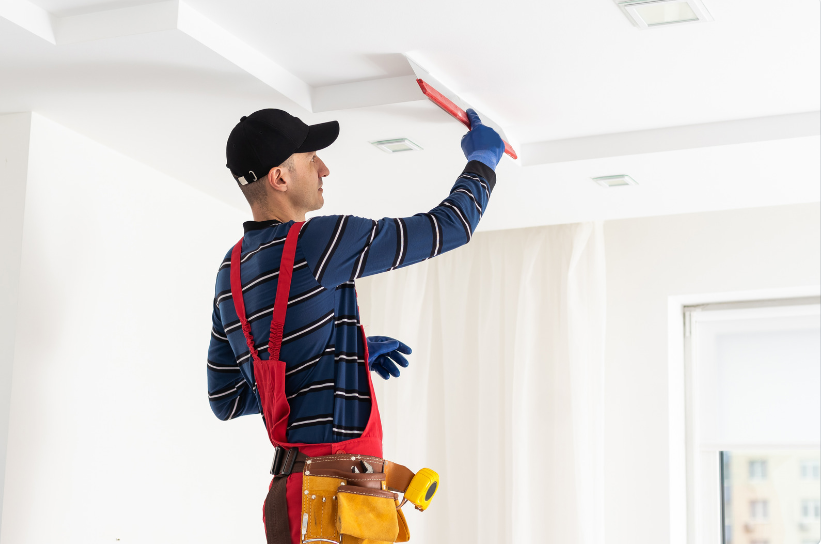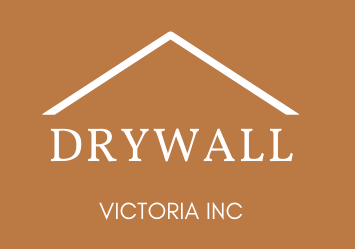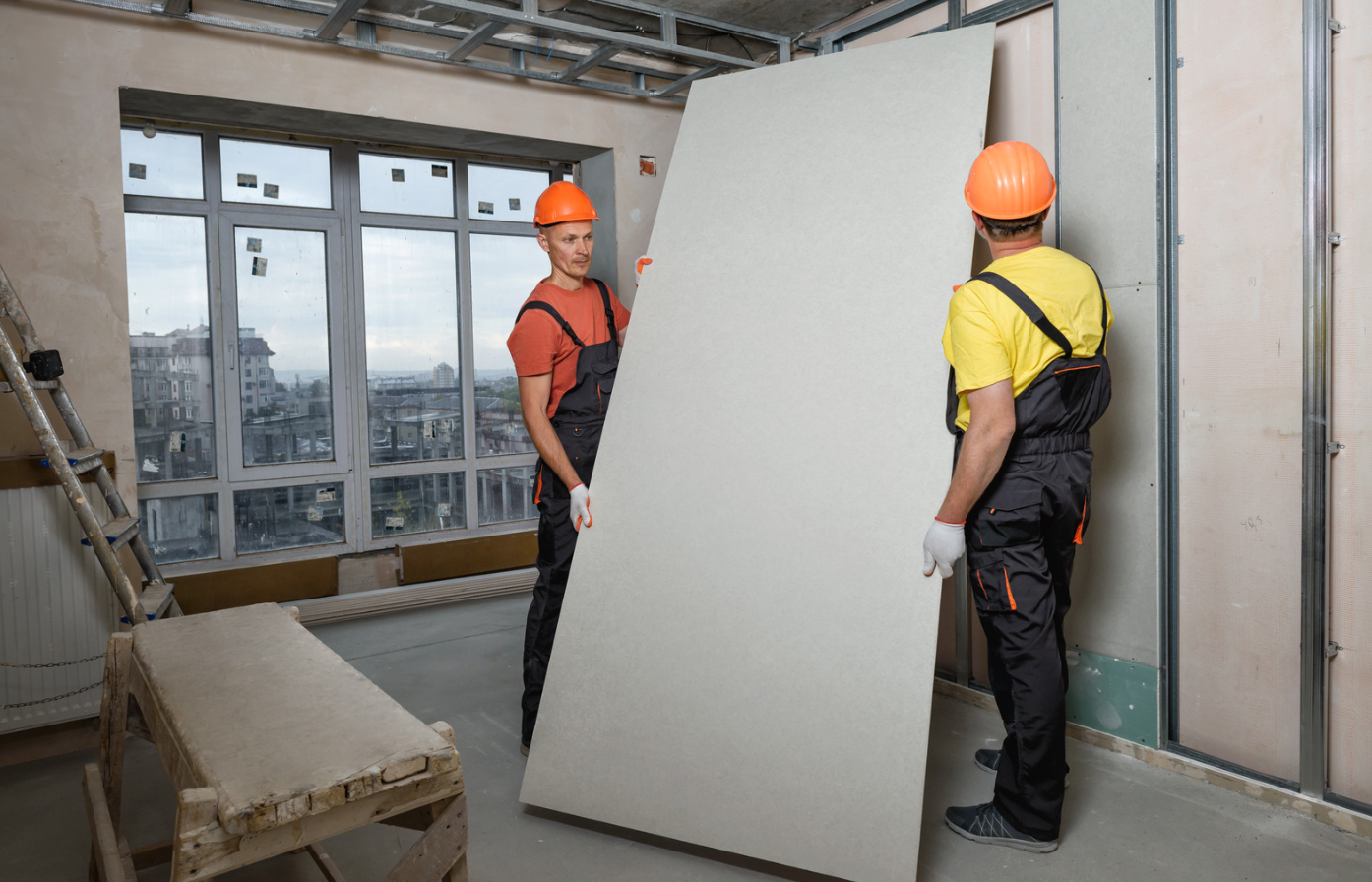Drywall Repair Techniques
Drywall is one of the most popular wall coverings available today. While there are many advantages that cause this popularity, its durability is not one of them. Drywall is much easier to damage than more archaic wall coverings like plaster or wood paneling - if you have lived in a home with drywall for very long, you have undoubtedly encountered a dent, crack, or even a significant hole.
Fortunately, drywall is also fairly easy to repair. The same mud-and-tape method that is used to hide joints between drywall sheets during installation is just as effective at concealing even the most extensive repairs. So when the inevitable hole is made in your walls, don’t fret. Here are a few basic drywall repair techniques that will make your walls look like new in no time:
Small Holes and Dents
When you remove a nail from a wall, it will always leave a small hole. Likewise, door handles, furniture, and energetic children are notorious for leaving small dings in drywall. These common issues are very simple to fix. All it takes is a little bit of patching compound!
If there is material sticking out from the wall, you can either trim it to be flush with the wall or use the handle of your putty knife to make a small dent in the wall. Then simply fill in the hole and/or dented area with self-priming patching compound, smooth it with a putty knife, and allow it to fully dry. After a few brushstrokes of paint, you won’t be able to tell there was ever a hole!
Cracks
Cracks appear in drywall for a variety of reasons. While some are a sign of more serious issues like foundation problems, most are caused by the normal expansion and contraction of wood framing. If the crack is open, it can be filled with patching compound just like a small hole. We then recommend coating the area with crack-repair spray to help the repair last as long as possible. Once the spray is fully dry, simply paint the area to match.
Large Holes
When accidents happen, they can leave large, unsightly holes in your walls. If the hole is larger than about ½” in diameter, patching compound alone will not solve the problem.
Holes less than 6” in diameter can be fixed using a self-adhesive mesh patch. Simply smooth the outer edges of the hole, attach the patch to the wall, and cover it with two or three layers of patching compound.
The largest holes will require new drywall to be cut and fitted into the hole. An area larger than the original hole may need to be removed from the wall so that the new drywall can be screwed into at least one stud (two studs, if possible). The process for these repairs is almost identical to the process for installing new drywall - once the drywall is secured, the edges are joined with layers of drywall compound and tape, sanded until smooth, and retextured to match the rest of the wall. If you want more information on this process, be sure to check out our blog post on The Basics of Drywall Installation!
You might also like


FREE QUOTE
Request a quote
Contact Us
We will get back to you as soon as possible.
Please try again later.
Service Area

